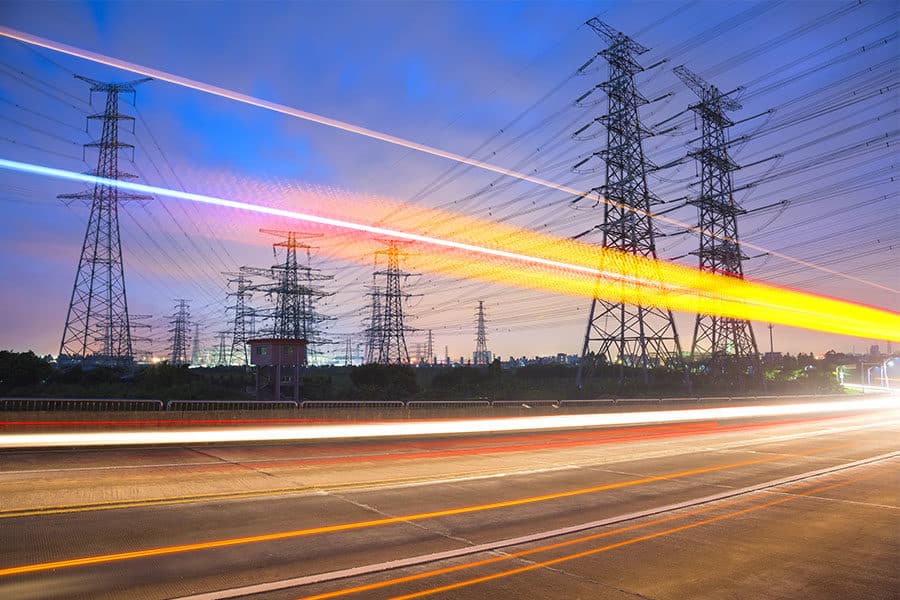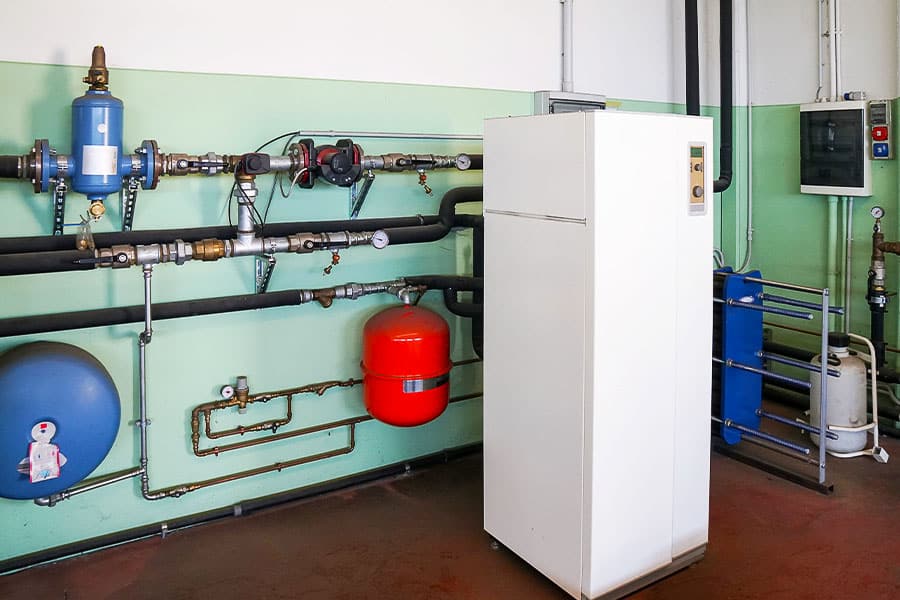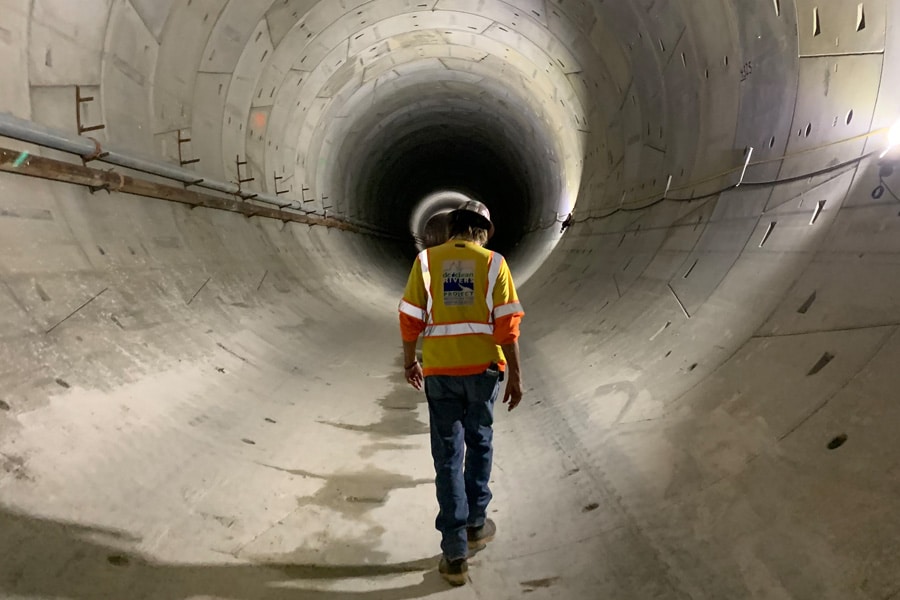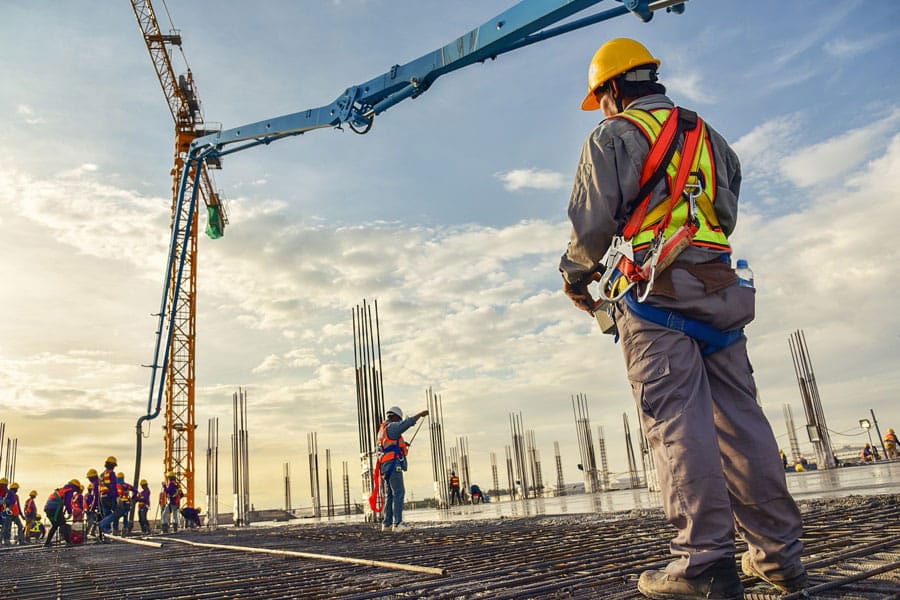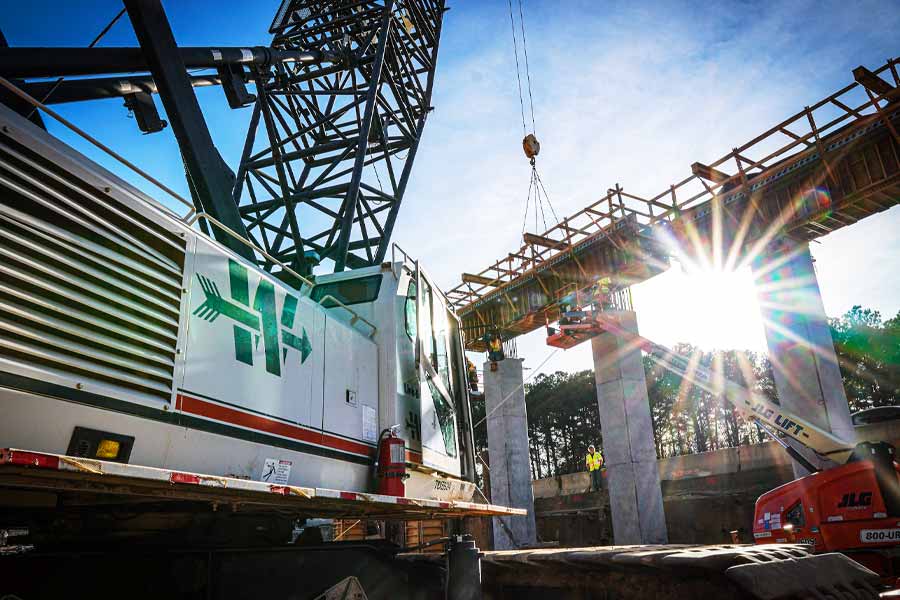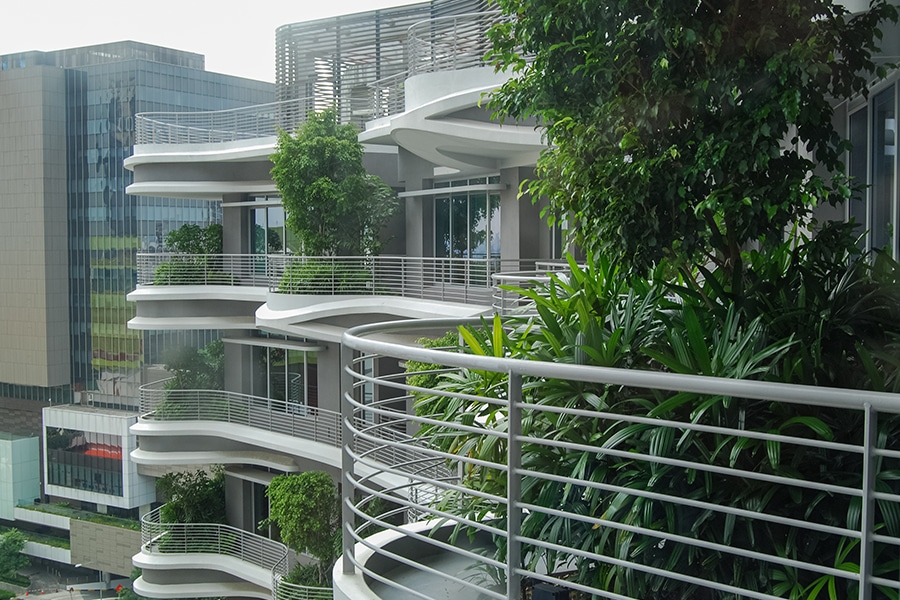It shouldn’t come as a surprise that America’s electrical grid is in desperate need of improvement. Independent analysts have continually warned that the nation’s infrastructure is crumbling at an alarming rate. The American Society of Civil Engineers estimates that the U.S. needs to spend almost $5 trillion by 2025 to combat infrastructural decay.
But the issue is more complicated than even the harshest media reports suggest, according to Gretchen Bakke, author of “The Grid: The Fraying Wires Between Americans and our Energy Future.”
A major shift is underway in how Americans create and use power, Bakke argues in the book, and some of the very weaknesses that are contributing to the grid’s decay might prove useful as the country shifts to sustainable power generation. The trend also has powerful implications for the construction industry, as any overhaul of grid infrastructure promises to require the sector’s input and expertise.
A history of complexity
The American system of power generation has always been chaotic. In the book, Bakke describes the gold-rush-like atmosphere of early American power generation and how electric companies sprung up and went bankrupt with such rapidity that urban dwellers complained of the sky being blocked by electric wires.
“There’s this period of chaos where everybody is developing all of these different systems in the late 1800s,” Bakke said. “What ended it was two simple inventions: the transformer and then the engine that will run on alternating current. Finding those simple innovations is precisely the trick as you begin to universalize a different way of organizing an electricity network.”
For Bakke, there is a certain similarity between the way energy was generated in this period and the complex landscape of emerging technologies currently flooding the global energy market.
“What we see right now is all of this excitement inside the trade among the electrical engineers, in the utilities and with electricians,” Bakke said. “There’s all this excitement about how things are actually changing, and the new problems that are being produced. … I’ve seen so many technical papers of people being super excited about the new problems. This is the happiest group of people right now, intellectually.”
Green power, new challenges
As the American grid shifts to accommodate widespread use of sustainable power, new levels of complexity are being introduced into existing systems. “It’s clear that we need a grid that’s 100% renewables,” Bakke said. “But how that’s going to play out is going to be really different in different parts of the U.S., because of regional differences in resource availability and the population density.”
One trend that Bakke forecasts is the generation of power on a local, smaller scale, allowing the grid to better balance shifting supply and demand throughout the day.
“Production and consumption on a grid always has to be perfectly balanced,” she said. “If you produce too much electricity you’re going to break the grid, and if you produce too little there’s not enough to go around. At every scale, you’re always trying to figure out how to create this balance, and the subtraction of demand is a way that we haven’t done previously.”
“If you can take your house off the grid in order to subtract a demand for electricity that’s being generated elsewhere,” she added, “that’s really a resource to the system both in terms of producing electricity but also in removing yourself from a larger grid as needed in order to create a balance.”
Bakke said this microgrid solution functions well in both highly dense urban environments as well as rural areas, where access to power can be sporadic and the quality of grid maintenance is at its worst.
[SEE ALSO: Why Construction Has an Inevitable Concrete CO2 Emissions Crisis]
The growing trend of rooftop solar systems, which recently received credit for South Australia’s milestone achievement of total solar electrification, might provide one source of power, but Bakke said there are many potential sources for cheap, sustainable energy. “In places which are extremely densely populated, you could get a lot of small wind,” she said.
Rural areas will generate power according to accessibility of energy resources, which Bakke said will work together to create an interwoven tapestry of demand and fulfillment.
“You have all of this wind in the Dakotas; you have all of this sun in Arizona; you have all of this hydro up in Washington state,” she said. “The trick is connecting a giant geographical region of different renewables, some that work at night, for example, and some that work better during the day. So that if it’s cloudy in Phoenix, but it’s windy in the Dakotas, you still have a source of electricity.”
Nonprofit sustainability research organization Rocky Mountain Institute in Colorado likens this balance to an orchestration. “An orchestra is the perfect metaphor for how a renewable grid will work,” Bakke said. “You have all of these instruments and they don’t all play at the same time; they come in and go out as needed in order to create the piece that you’re trying to affect.”
In the same way, the future of the American grid will not rely on one single nationwide solution, but rather a complex orchestration of new technologies and resource allocation.
A bright future
What might this sustainably electrified future look like?
Bakke points to three places as case studies representing the possibilities of the future of America’s grid: Hawaii in the U.S., Scotland in the U.K. and Bangladesh in South Asia. Each of these places is making big moves toward locally generated electrification—and each offers a glimpse of the way America’s grid may function in the future.
Scotland is an example of a total top-down mandated switch to renewables; it set a nationwide goal of total renewable electrification by the end of 2020. While the official year-end numbers have yet to be released, at the time of this writing the country had cleared 90%. “They’ve been going toward all renewable power very quickly,” Bakke said. “Some of the most successful sites of power generation have been the country’s smaller islands, which are already producing so much electricity that they have overburdened the lines that they used to bring electricity in with, which are now being used to run electricity back out into the mainland grid.”
‘It’s clear that we need a grid that’s 100% renewables. But how that’s going to play out is going to be really different in different parts of the U.S., because of regional differences in resource availability and the population density.’
Gretchen Bakke
A nationwide commitment to renewable energy has led to rapid progress and new challenges to land use jurisdiction. “One of the things that’s really interesting about Scotland is it’s one of the few places where you have a regulatory environment that is driving the innovation,” Bakke said.
Hawaii, one of the first states to reach grid parity for photovoltaics, is notable for the way it navigated the creation and management of a solar powered grid. “The state has been tackling the question of how you actually run a purely renewable grid,” Bakke said. “It has been very experimental and forward thinking in dealing with the challenges of solar,” providing a model for ways the U.S. could manage the complexity of a greener grid.
Lastly, Bangladesh has experimented with a household-by-household swarm electrification solution, one that Bakke said could work in other densely populated energy markets.
“They’ve created a platform which allows you at a micro level to trade solar-powered electricity between homes,” she said. “In these very urban areas of Bangladesh that didn’t necessarily have electricity beforehand that these systems are going into, households include a very easy app that either buys or sells electricity between individual households.”
Whatever the electrified future holds, Bakke said these case studies offer insightful options for how the U.S. and other countries will look to improve their energy systems in the coming decades.
“There’s all these different ways to go about getting to a renewable power grid,” Bakke said. “But those are three different versions of places where it’s being taken seriously.”




